#phycomyces
Explore tagged Tumblr posts
Text
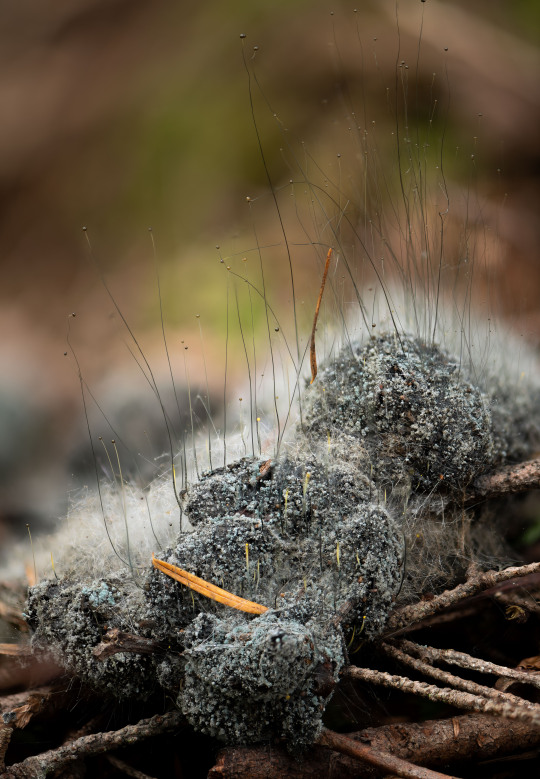
Pin molds on bear poop
#pin mold#phycomyces#fungi#fungus#artists on tumblr#nature#original photographers#original photography#photography#photographers on tumblr#Washington#pacific northwest#forest#cottagecore#explore#p#feces poop scat unsanitary#so excited to find some I could photograph
103 notes
·
View notes
Text
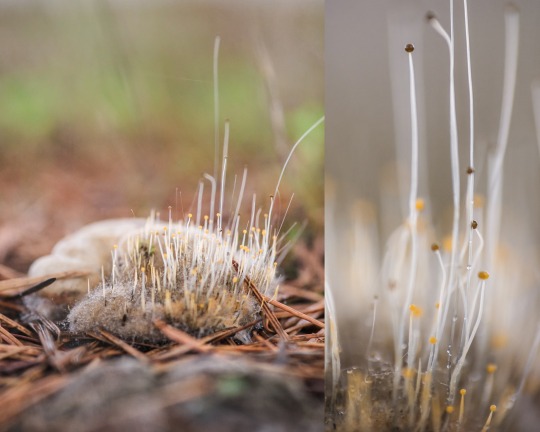
Found on my lunch break: Phycomyces
#artists on tumblr#original photographers#original photography#hiking#pacific northwest#nature#washington#nikon#pnw#orofeaiel#phycomyces#fungus among us#mycology#goblincore#macro photography#small worlds#alien world#bremerton#naturecore
82 notes
·
View notes
Text
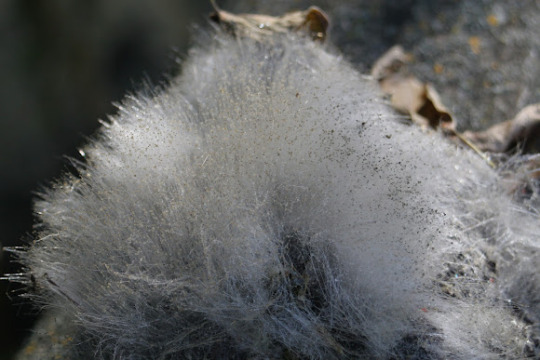
15 notes
·
View notes
Text
Daily Fungi Fact 100! this is my 100th fungi fact so uh yea that's pretty epic gamer of me, anyways here is your fungi fact: Phycomyces blakesleeanus has an avoidance response, where it's sporangiophore avoids solid objects while growing, bending away from them, without needing to touch them. It is believed this is cause by an unidentified "avoidance gas", indirect evidence suggests this gas is water vapor.
7 notes
·
View notes
Text
I have found out about phycomyces through some video about someone’s roommate leaving food out and I think I hate phycomyces it scares me and makes me feel uncomfortable
1 note
·
View note
Text
Artist's Research and Inspiration Archive: Jes Fan (REPOSTED BECAUSE I FELT IT WAS MORE APPROPRIATE FOR THIS PROJECT THAN ART+)
NOTE: Jes Fan is a trans artist, with many articles/interviews using "he/him" pronouns.
However, some (usually older) articles refer to Fan by "they/them", with a few (more current) articles (and Fan's wikipedia page) alternating between the two.
While I will mainly use "he/him" when talking about Fan's practice, I may alternate between "he/him" and "they/them" just in case.
Just thought I'd clear up any confusion in advance.
A link to his portfolio can be found here:
Summary of Artmaking Practice
Informed by his own experiences of gender and culture, Jes Fan explores and abstracts the intricacies of biology, biochemistry, and human physiology and anatomy. This is to:
Challenge the preconceived societal notions of identity, most of which are built on the basis of categories and the often narrow-minded or fragmented understanding of these categories.
Present the complex, fluid nature of one’s individual experiences of identity (cultural background, sexuality, gender identity, etc.).
In their works, Fan focuses more on the artmaking process itself rather than any particular medium or technique: “I’m not interested in technique, I’m interested in process.”
Fan’s works reference biological materials in some form:
The Milk of Dreams (2022) sculptures were modelled after 3D-printed casts of his chest and torso prior to his top surgery, and contained silicone injected with prolactin (a hormone found in breast milk and emotional tears). It also mirrors the image of an agarwood tree (found in Hong Kong and used in the production of incense) which, when cut, secretes a fragrant resin to combat any resulting mould infection.
Similarly, they incorporated oestrogen, depo-testosterone and melanin in Systems II (2018), and Phycomyces zycospore mould in Networks (2021).
Biomorphic forms made of inorganic materials (glass, resin, etc.) act as ‘stand-ins’ for our own tissues and organs, which can be seen in Clavicles (2022) and Diagram XIX (2023).
In the short film Mother is a Women (2018), Fan extracted oestrogen from his mother’s urine to produce a beauty cream. This was intended to comment on how bodily substances, and by extension the human body, can be commodified as well as used to justify restrictive “identity categories”.
In the short film Xenophoria (2018-2020), Fan pairs research on eumelanin (a form of melanin responsible for skin colour) with footage of laboratories, shell sculptures, eyes, dissections of squid and fish, and hands stained black from sampling fungi using a scalpel. The title refers to a genus of sea snail (xenophora) that attaches rocks and other shells to its own shell, and the love of (xenophilia) and fear of/prejudice against anything foreign (xenophobia). He therefore articulates his experiences as an immigrant while investigating eumelanin’s association with racial/cultural discrimination and fetishisation.
In the short film Palimpsest (2023), Fan merged cultural, biological and social mythologies through a collaborative project with the University of Hong Kong. They implanted small carvings of four Chinese characters (東, 方, 之 and 珠 - which in that order collectively form the name given to Hong Kong by the British Empire: “Pearl of the Orient”) into the shells of live oysters to create an ‘injury’, triggering the formation of a pearl. His gesture speaks to multiple themes: Hong Kong’s colonial history (luxury vs. violence), the impact trauma can have on people and their cultures/languages, and body modification.
As said previously, his experiences as a queer, trans person exposed to the cultures of Hong Kong and the US predominantly influenced their artistic practice (quotes from the interview “Jes Fan in Flux” (2019), part of the ongoing Art21 series “New York Close Up”):
Regarding culture: “…moving from Hong Kong, where I was considered a majority. And then moving to the US where I was suddenly considered a minority… there is also constantly a biological affiliation to race.”
Regarding queer (and particularly trans) experiences: “Being queer in Hong Kong is very hard. You can’t find yourself represented. When you can’t see yourself in the mirror, you think you’re a ghost. …I started playing with [various biological] substances when a lot of my friends around me started transitioning. And I also started transitioning. Using testosterone to masculinise my body is in some way similar to using a chisel to carve out a surface.”
What I could potentially gain from looking at practice
Jes Fan explores the intersection between biology and the various complexities, biases, traumas, experiences and histories of society (culture, queerness, etc.).
Given that I'm considering the 'culture and culture' route with the microbiome, I could definitely use their work as a point of reference (especially their films).
He alternates between incorporating actual bodily/biological materials in his works and abstractly representing social concepts or biological processes (e.g. his more recent sculptures), sometimes using both approaches.
Edit (21.9.23): Interconnecting histories within science, and their implications perhaps?
Edit (21.9.23): Lots of organic forms combined with materials/objects (e.g. fermented food, microorganism/chemical drawings, petri dishes)?
Artworks

Clavicles repeated four times (2022, glass and pigmented aqua resin)

Diagram XIX (2023, glass and pigmented aqua resin)

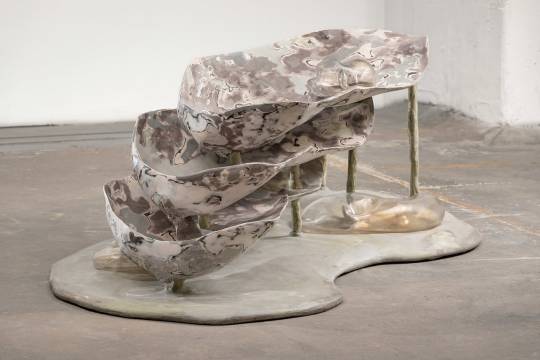


Milk of Dreams (2022, aqua resin and metal structures with glass objects filled with silicone injected with prolactin) - clockwise from left to right: Apparatus, Fragrant Harbour, Wounding, full installation
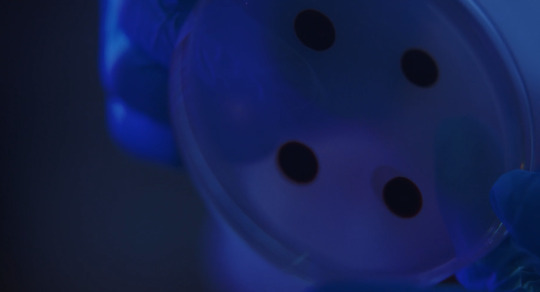
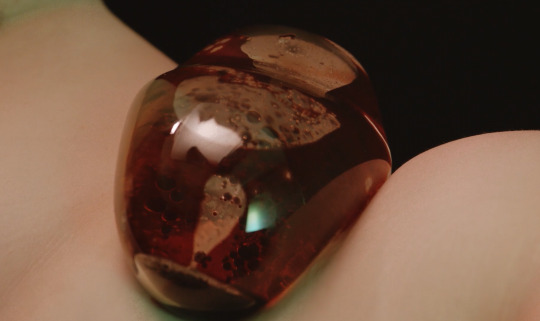
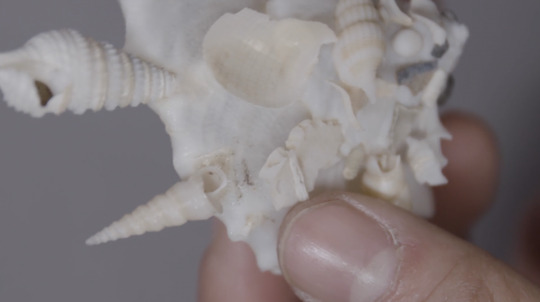

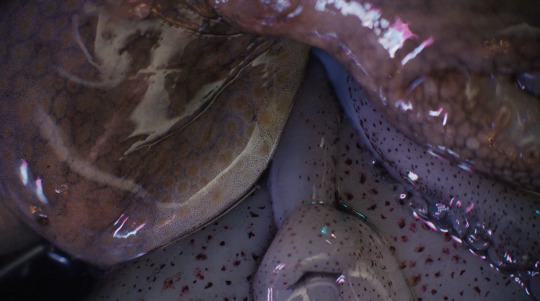
Xenophoria (2018-2020, short film) - screencaps and link above
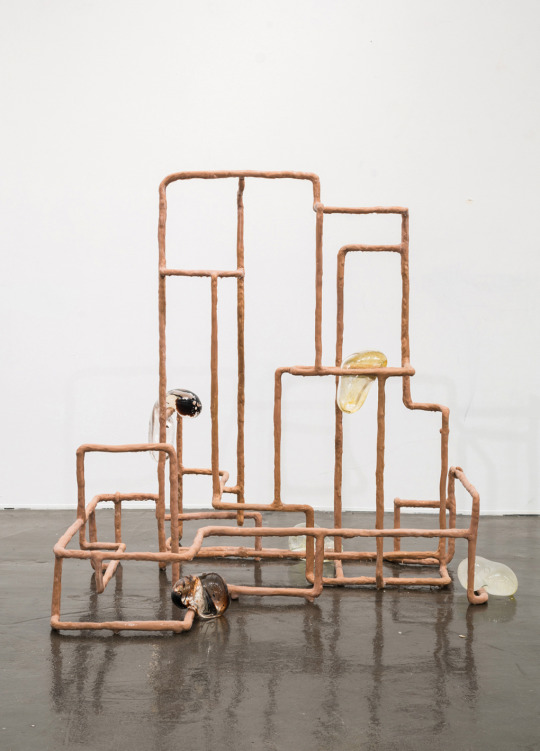
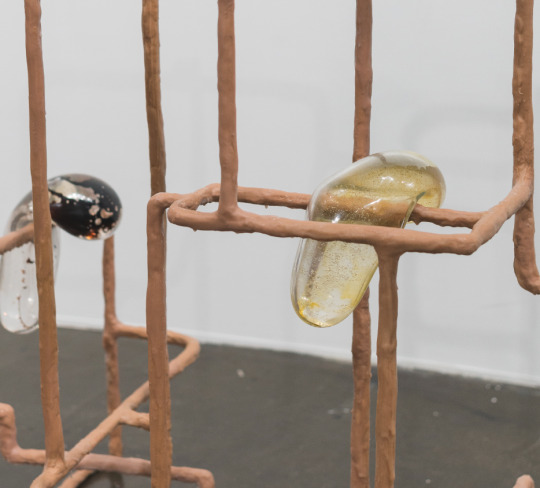
Systems II (2018, resin-coated wooden sculptures with glass objects filled with silicone injected with melanin, estradiol and depo-testosterone)


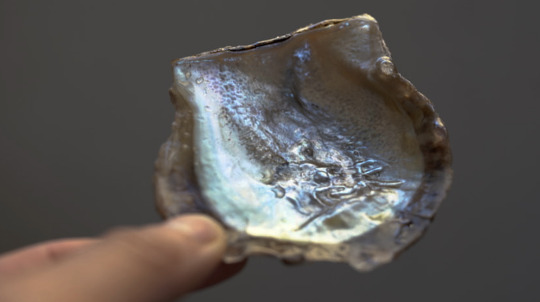

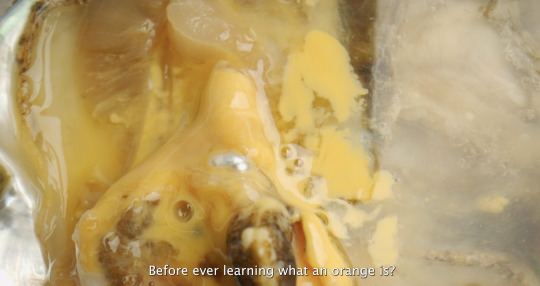
Palimpsest (2023, short film) - screencaps above
1 note
·
View note
Text





Phycomyces is a genus of fungus in the Zygomycota phylum. They are known for their strong phototropism response and helical growth of the sporangium. The best studied species is Phycomyces blakesleeanus.
3 notes
·
View notes
Link
“Perfectly normal people buy these terra cotta statuettes, fill them with water, and smear them with the sticky seeds of the Chia plant. Over the next week or so the Chia Pet grows a sprouty green coat. We are not perfectly normal. We thought our Homer Simpson Chia Pet would be better with actual hair that would grow on its own. Since this hasn’t been invented yet, we used a handy fungus.”
4 notes
·
View notes
Note
What do u think: the fungi as a living being, as a parasite; maybe the concepts are all a little rusty and life itself needs to be reevaluated.
Fungi are absolutely living organisms! They aren't all parasitic, and even the ones that are can still live without a host, they don't do as well but they get by.
Some also have these great symbioses with plants. Pine trees won't thrive unless there's a specific fungus in their root system. Other plants have fungi in their leaves protecting them from diseases.
There's ants with fungi farms too! The ants protect their fungus and in return the fungus provides nutrients.
Of course there's also the true parasitic fungu which can modify insect behavior. One of my lab's collaborators just discovered a fungus that infects cicadas and turns them into zombie pansexual sex machines
The fungi I work on are typically minding their business in dung or soil, but a few species can cause plant diseases or can be parasites of other fungi. The mycoparasites are actually really cool because they hijack the molecular machinery of their host's sexual cycle to digest them from the inside.
Fungi are a more than just scary pathogens. The fungus I have worked on the most (Phycomyces blakesleeanus, or Phyco for short) can smell and taste it's environment, so it can direct growth towards optimal conditions. It can feel gravity and sense obstacles before it even bumps into them. Most impressive of it's sensory feats though is that it can see the stars.
3 notes
·
View notes
Text
Note to self: some thing something Phycomyces blakesleeanus eyes and sunglasses or whatever
0 notes
Text
which of these fungi grow faster under the same environment? and why
which of these fungi grow faster under the same environment? and why
which of these fungi grow faster under the same environment? and why Aspergillus Anthracobia Botrytis Chaetomium Fusarium Mucor Neurospora Penicillium Phycomyces Rhizopus Sordaria
View On WordPress
0 notes
Text
Biology Week 2017: reading list
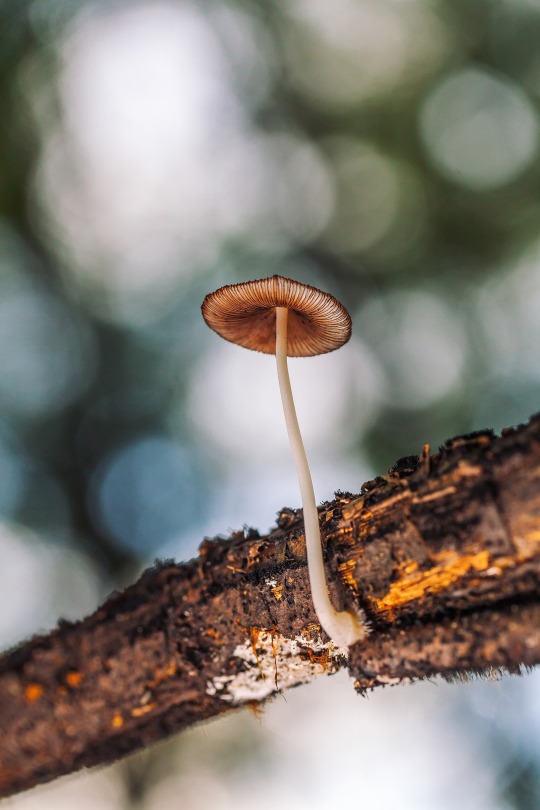
It’s the start of Biology Week (7-15th October), an annual celebration of the biological sciences, organised each year by the Royal Society of Biology. To celebrate, we’ve put together a reading list of articles of interest on various topics, including yeast, the environmental impact of mushrooms, management practices to combat ash dieback and more.
The Rise of Yeast: How the Sugar Fungus Shaped Civilization by Nicholas P. Money
What is the potential for non-native fungi to form new host associations on plants in a new environment, and how can this be useful for biodiversity conservation? by Treena I. Burgess et al. from AoB PLANTS
“The cultivation and environmental impact for mushrooms” by Shu Ting Chang and Solomon P. Wasser from Oxford Research Encyclopedias, Environmental Science
“Diversity of root-associated fungi of Vaccinium mandarinorum along a human disturbance gradient in subtropical forests, China” by Yanhua Zhang et al. from Journal of Plant Ecology
What are the Silvicultural implications of ash dieback on ash trees in Europe, and how can the invasive alien fungal pathogen that causes it (hymenoscyphus fraxineus) be managed accordingly? by Jens Peter Skovsgaard et al. from Forestry
“Plant innate immunity in rice: a defense against pathogen infection” by Wende Liu and Guo-Liang Wang from National Science Review
“New yeasts – new brews: modern approaches to brewing yeast design and development” by B. Gibson from FEMS Yeast Research
“Linking Soil Biodiversity and Human Health: Do Arbuscular Mycorrhizal Fungi Contribute to Food Nutrition?” by Pedro M. Antunes et al. from Soil Ecology and Ecosystem Services
“Ancient yet fast: rapid evolution of mating genes and mating systems in fungi” by Timothy Y. James from Rapidly Evolving Genes and Genetic Systems
“Phycomyces, the Fungus That Sees” by Pete A. Ensminger from Life Under the Sun
Image: Mushroom by brenkee. CC0 public domain via Pixabay.
#mushrooms#fungus#fungi#biology#Biology Week#Royal Society of Biology#yeat#ash dieback#The Rise of Yeast#environmental science#forestry#Oxford Journals#ecology#plant ecology#mycorrhizae#Oxford Research Encyclopedias#Online products
87 notes
·
View notes
Text
I'm in a Poetic Scientific Mood.
Motivated by the Post, and then the Video, about Glow Wood: I Searched the Internet for a Quote (or one like it) about the Extreme Photosensitivity of the Fungus Phycomyces. This one will do:
“Many fungi and plants can see full moonlight; we and Phycomyces can see the stars.”
I like that we and a Fungus can see the Stars. :)
P.S. I may come back and edit the HTML to attribute this Quote. I feel an Obligation.
P.P.S. I’m still Sick with a Cold. Today is a Huge Relapse. Stupid viruses! :(
1 note
·
View note
Text
Artist's Research and Inspiration Archive: Jes Fan (THIS WILL BE REVISITED FOR THE SELF-DIRECTED PROJECT)
NOTE: Jes Fan is a trans artist, with many articles/interviews using "he/him" pronouns.
However, some (usually older) articles refer to Fan by "they/them", with a few (more current) articles (and Fan's wikipedia page) alternating between the two.
While I will mainly use "he/him" when talking about Fan's practice, I may alternate between "he/him" and "they/them" just in case.
Just thought I'd clear up any confusion in advance.
Summary of Artmaking Practice
Informed by his own experiences of gender and culture, Jes Fan explores and abstracts the intricacies of biology, biochemistry, and human physiology and anatomy. This is to:
Challenge the preconceived societal notions of identity, most of which are built on the basis of categories and the often narrow-minded or fragmented understanding of these categories.
Present the complex, fluid nature of one’s individual experiences of identity (cultural background, sexuality, gender identity, etc.).
In their works, Fan focuses more on the artmaking process itself rather than any particular medium or technique: “I’m not interested in technique, I’m interested in process.”
Fan’s works reference biological materials in some form:
The Milk of Dreams (2022) sculptures were modelled after 3D-printed casts of his chest and torso prior to his top surgery, and contained silicone injected with prolactin (a hormone found in breast milk and emotional tears). It also mirrors the image of an agarwood tree (found in Hong Kong and used in the production of incense) which, when cut, secretes a fragrant resin to combat any resulting mould infection.
Similarly, they incorporated oestrogen, depo-testosterone and melanin in Systems II (2018), and Phycomyces zycospore mould in Networks (2021).
Biomorphic forms made of inorganic materials (glass, resin, etc.) act as ‘stand-ins’ for our own tissues and organs, which can be seen in Clavicles (2022) and Diagram XIX (2023).
In the short film Mother is a Women (2018), Fan extracted oestrogen from his mother’s urine to produce a beauty cream. This was intended to comment on how bodily substances, and by extension the human body, can be commodified as well as used to justify restrictive “identity categories”.
In the short film Xenophoria (2018-2020), Fan pairs research on eumelanin (a form of melanin responsible for skin colour) with footage of laboratories, shell sculptures, eyes, dissections of squid and fish, and hands stained black from sampling fungi using a scalpel. The title refers to a genus of sea snail (xenophora) that attaches rocks and other shells to its own shell, and the love of (xenophilia) and fear of/prejudice against anything foreign (xenophobia). He therefore articulates his experiences as an immigrant while investigating eumelanin’s association with racial/cultural discrimination and fetishisation.
In the short film Palimpsest (2023), Fan merged cultural, biological and social mythologies through a collaborative project with the University of Hong Kong. They implanted small carvings of four Chinese characters (東, 方, 之 and 珠 - which in that order collectively form the name given to Hong Kong by the British Empire: “Pearl of the Orient”) into the shells of live oysters to create an ‘injury’, triggering the formation of a pearl. His gesture speaks to multiple themes: Hong Kong’s colonial history (luxury vs. violence), the impact trauma can have on people and their cultures/languages, and body modification.
As said previously, his experiences as a queer, trans person exposed to the cultures of Hong Kong and the US predominantly influenced their artistic practice (quotes from the interview “Jes Fan in Flux” (2019), part of the ongoing Art21 series “New York Close Up”):
Regarding culture: “…moving from Hong Kong, where I was considered a majority. And then moving to the US where I was suddenly considered a minority… there is also constantly a biological affiliation to race.”
Regarding queer (and particularly trans) experiences: “Being queer in Hong Kong is very hard. You can’t find yourself represented. When you can’t see yourself in the mirror, you think you’re a ghost. …I started playing with [various biological] substances when a lot of my friends around me started transitioning. And I also started transitioning. Using testosterone to masculinise my body is in some way similar to using a chisel to carve out a surface.”
What I could potentially gain from looking at practice
Jes Fan explores the intersection between biology and the various complexities, biases, traumas, experiences and histories of society (culture, queerness, etc.).
Given that I'm considering the 'culture and culture' route with the microbiome, I could definitely use their work as a point of reference (especially their films).
He alternates between incorporating actual bodily/biological materials in his works and abstractly representing social concepts or biological processes (e.g. his more recent sculptures), sometimes using both approaches.
Artworks
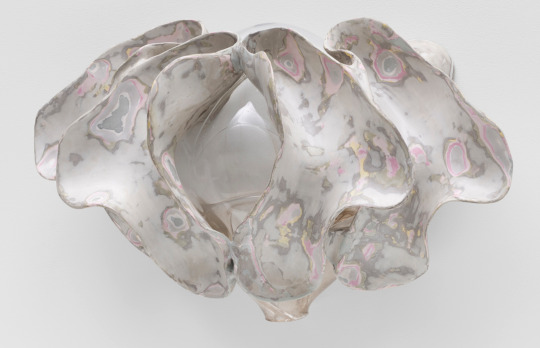
Clavicles repeated four times (2022, glass and pigmented aqua resin)
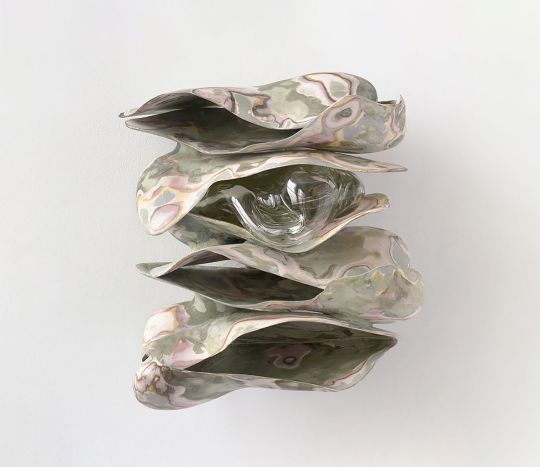
Diagram XIX (2023, glass and pigmented aqua resin)




Milk of Dreams (2022, aqua resin and metal structures with glass objects filled with silicone injected with prolactin) - clockwise from left to right: Apparatus, Fragrant Harbour, Wounding, full installation
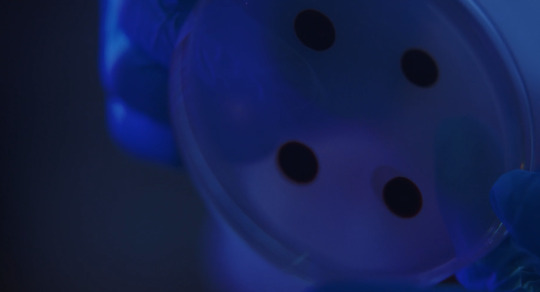
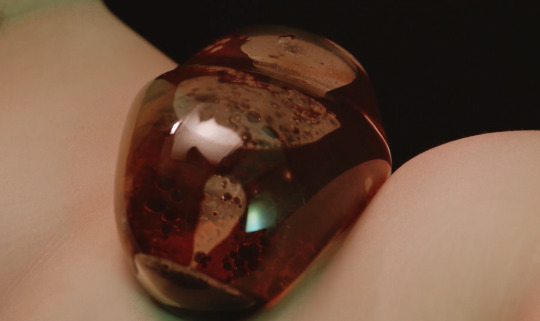

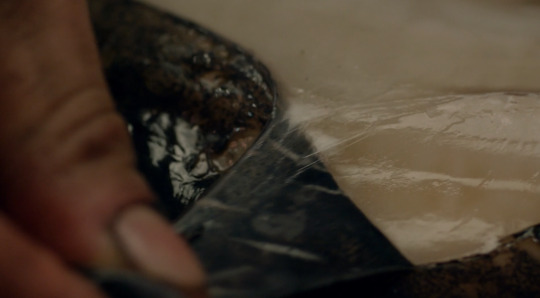

Xenophoria (2018-2020, short film) - screencaps and link above
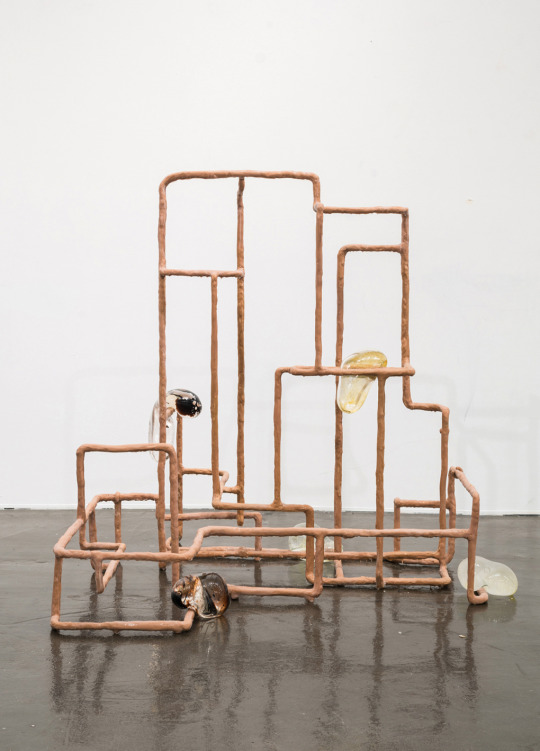
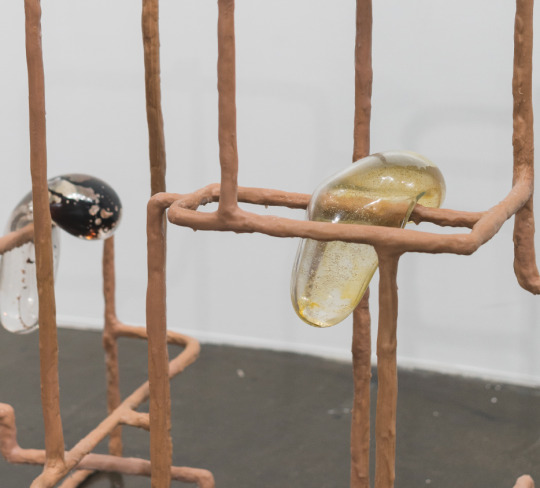
Systems II (2018, resin-coated wooden sculptures with glass objects filled with silicone injected with melanin, estradiol and depo-testosterone)
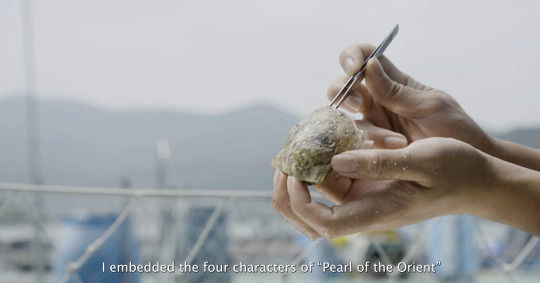

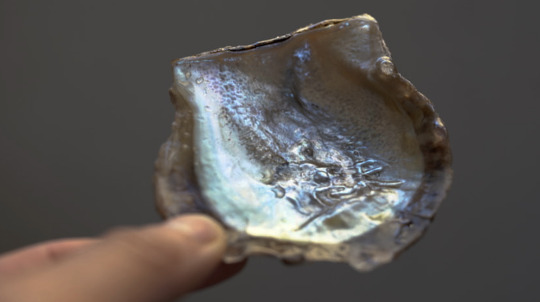
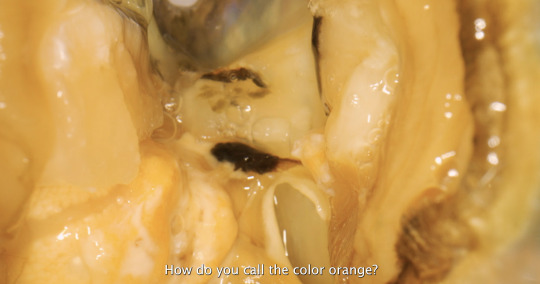

Palimpsest (2023, short film) - screencaps above
1 note
·
View note
Photo






Phycomyces
Top right and left photos show (-) strain of Phycomyces
Bottom 4 photos show Phycomyces mating (+) and (-), forming gametangia and zygospores.
51 notes
·
View notes